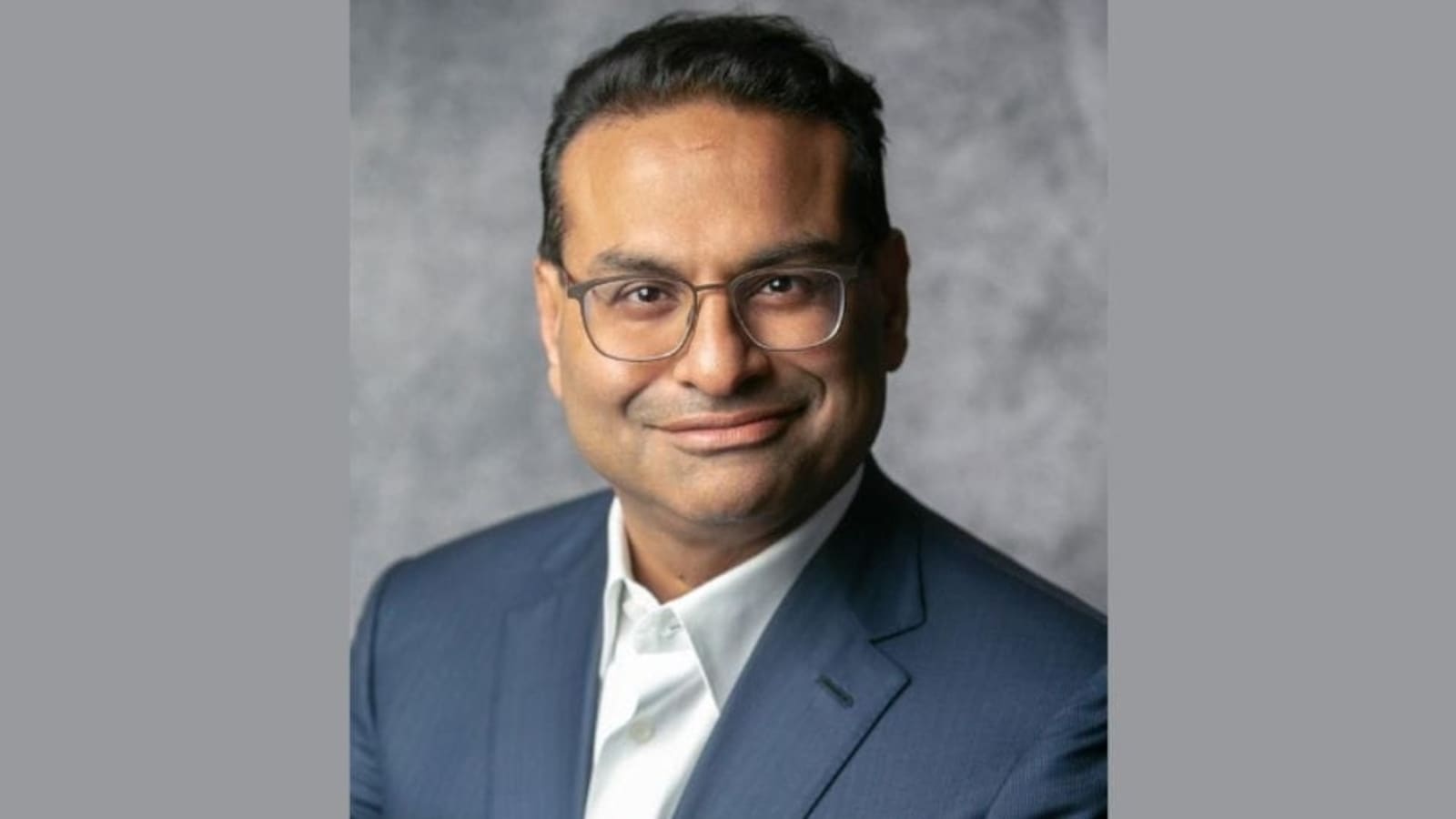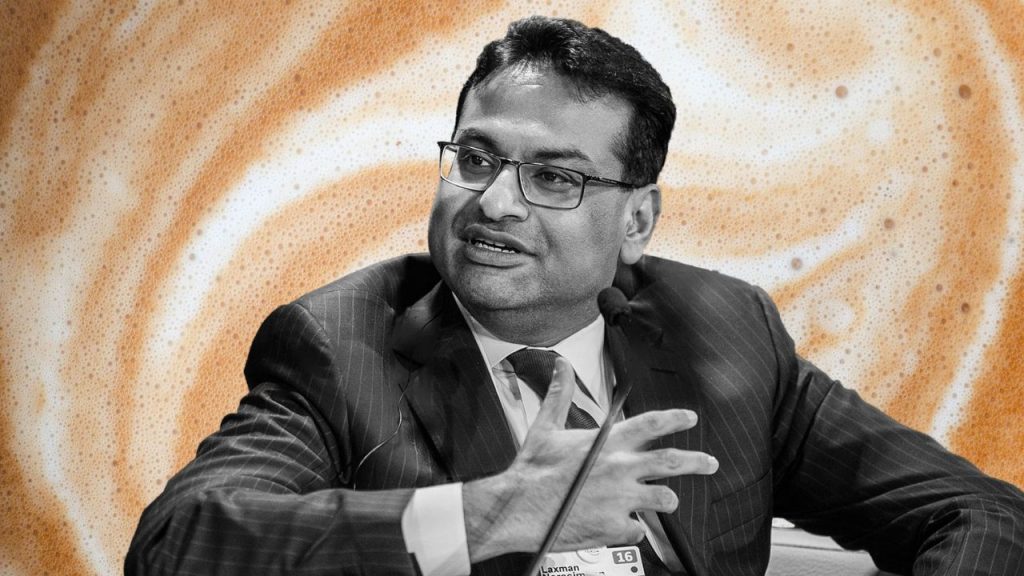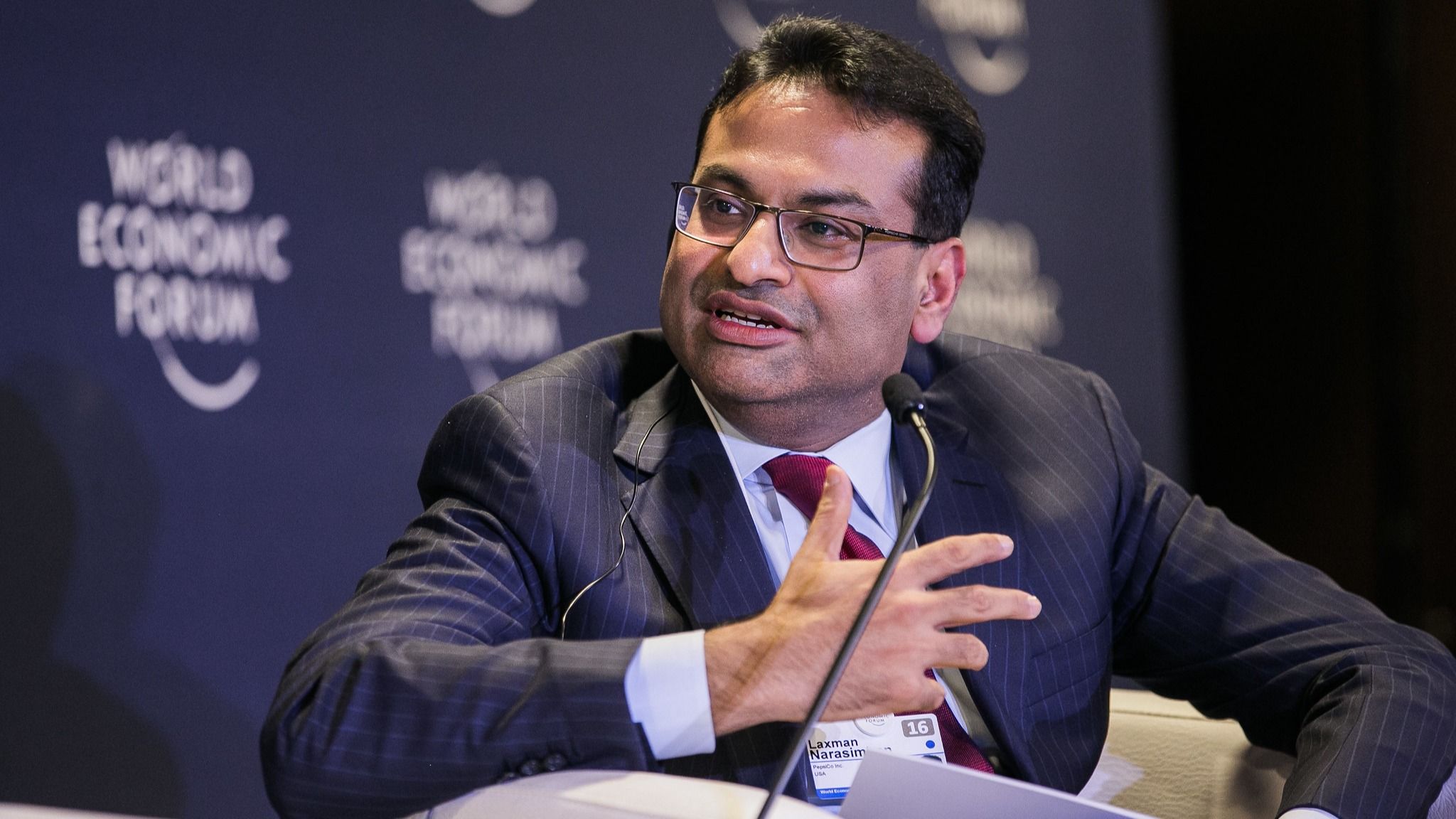Laxman Narasimhan’s Career Trajectory: Ceo Laxman Narasimhan

Laxman Narasimhan’s career path is a testament to his strategic thinking, adaptability, and leadership skills. He has held senior leadership positions in two global giants, PepsiCo and Reckitt Benckiser, demonstrating his ability to navigate complex business environments and drive growth.
PepsiCo
Narasimhan joined PepsiCo in 1999, embarking on a journey that spanned over 17 years. He rose through the ranks, taking on increasingly challenging roles that honed his expertise in various aspects of the business.
- Early Career: Narasimhan’s early career at PepsiCo was marked by his focus on developing strategic marketing initiatives and managing complex projects. He played a crucial role in launching and promoting several successful products, showcasing his understanding of consumer behavior and market trends. His initial focus on marketing and strategy provided him with a solid foundation for future leadership roles.
- Global Roles: As Narasimhan’s career progressed, he took on global responsibilities, demonstrating his ability to lead and inspire teams across diverse cultures. His tenure as CEO of PepsiCo’s Latin American Beverages business was particularly notable. This role required him to navigate a complex geopolitical landscape and adapt to different market dynamics. His success in this role was a testament to his ability to lead effectively in challenging environments.
- Chief Commercial Officer: In 2012, Narasimhan was appointed Chief Commercial Officer (CCO) of PepsiCo. This pivotal role provided him with a comprehensive understanding of the company’s operations and gave him a platform to implement his strategic vision. As CCO, he was responsible for driving growth across all of PepsiCo’s business segments, including beverages, snacks, and food. He played a key role in developing and executing the company’s global growth strategy, focusing on innovation, consumer engagement, and operational efficiency.
Reckitt Benckiser
In 2016, Narasimhan joined Reckitt Benckiser, a global consumer goods company, as Chief Executive Officer. This move marked a significant shift in his career trajectory, allowing him to lead a company with a different focus and operating model.
- Transformation and Growth: Narasimhan’s leadership at Reckitt Benckiser was characterized by a focus on transformation and growth. He implemented a new strategy to streamline operations, improve efficiency, and enhance the company’s focus on innovation. His efforts resulted in significant growth in Reckitt Benckiser’s key markets, including emerging economies.
- Leadership Style: Narasimhan’s leadership style is known for being collaborative, data-driven, and focused on long-term sustainability. He believes in empowering his team and fostering a culture of innovation. His leadership approach has been instrumental in driving growth and achieving positive results at both PepsiCo and Reckitt Benckiser.
Narasimhan’s Impact on Starbucks

Laxman Narasimhan’s arrival at Starbucks in 2022 was met with a mix of anticipation and skepticism. The company was grappling with a series of challenges, including declining sales, increased competition, and a changing consumer landscape. Narasimhan, with his extensive experience in the consumer goods industry, was tasked with revitalizing Starbucks and returning it to its former glory.
Strategic Initiatives Under Narasimhan’s Leadership
Narasimhan’s strategy for Starbucks focused on three key pillars: innovation, customer experience, and employee well-being.
- Innovation: Narasimhan emphasized the need for Starbucks to constantly innovate and introduce new products and services to stay ahead of the competition. This included expanding the company’s menu with new drinks and food items, as well as exploring new technologies to enhance the customer experience.
- Customer Experience: Narasimhan recognized the importance of creating a seamless and personalized customer experience. He implemented initiatives to improve store design, enhance digital ordering and payment systems, and introduce new loyalty programs.
- Employee Well-being: Narasimhan prioritized employee well-being, recognizing that happy and engaged employees are essential for delivering a positive customer experience. He increased wages, expanded benefits, and invested in employee training and development programs.
Financial Performance and Operational Changes
Narasimhan’s leadership has been marked by a focus on improving Starbucks’ financial performance and operational efficiency. He implemented a series of initiatives to streamline operations, reduce costs, and enhance profitability.
- Cost Optimization: Narasimhan implemented cost-cutting measures across the organization, including reducing store operating expenses and renegotiating supplier contracts.
- Digital Transformation: Narasimhan accelerated Starbucks’ digital transformation, investing in mobile ordering and payment systems, as well as loyalty programs and personalized recommendations.
- Store Expansion: Despite the challenges of the pandemic, Narasimhan continued to expand Starbucks’ global footprint, focusing on high-growth markets.
Narasimhan’s Vision for the Future of Starbucks

Laxman Narasimhan’s vision for Starbucks is ambitious and multifaceted, encompassing growth, expansion, and market share dominance while navigating the evolving landscape of the coffee industry. He aims to solidify Starbucks’ position as a global leader by focusing on key areas like customer experience, innovation, and sustainability.
Growth and Expansion
Narasimhan’s vision includes aggressive growth and expansion plans, aiming to increase Starbucks’ global footprint and reach new markets. He believes in a multi-pronged approach that leverages both physical stores and digital platforms to expand the brand’s reach.
- Expanding into new markets: Narasimhan has identified key growth opportunities in emerging markets, particularly in Asia and Africa, where the coffee culture is rapidly evolving. Starbucks plans to open new stores in these regions, catering to local preferences and tastes. For instance, Starbucks entered the Indian market in 2012 and has since expanded rapidly, opening over 200 stores across the country.
- Developing new store formats: Starbucks is experimenting with different store formats to cater to diverse customer needs and preferences. This includes smaller, more mobile-friendly stores, as well as larger, more immersive experiences that offer a wider range of food and beverage options. For example, Starbucks Reserve Roasteries, which offer a unique coffee experience, are being rolled out globally.
- Leveraging technology for growth: Narasimhan recognizes the importance of technology in driving growth. He plans to leverage digital platforms to enhance the customer experience, streamline operations, and reach new audiences. This includes investing in mobile ordering, personalized recommendations, and data analytics to improve customer engagement and loyalty. For instance, Starbucks’ mobile app allows customers to order and pay for their coffee ahead of time, reducing wait times and providing a more convenient experience.
Navigating the Evolving Coffee Industry, Ceo laxman narasimhan
Narasimhan recognizes the dynamic nature of the coffee industry, characterized by evolving consumer preferences, fierce competition, and growing demand for sustainable practices. He plans to navigate these challenges by:
- Focusing on innovation: Narasimhan emphasizes the importance of continuous innovation to stay ahead of the competition and meet evolving consumer needs. This includes developing new coffee blends, experimenting with different brewing methods, and introducing innovative food and beverage options. For example, Starbucks has recently introduced plant-based milk alternatives and cold brew coffee options to cater to the growing demand for healthier and more sustainable choices.
- Adapting to changing consumer preferences: Narasimhan acknowledges the shift in consumer preferences towards healthier, more ethical, and sustainable options. He plans to adapt Starbucks’ offerings to meet these changing demands by focusing on organic and fair-trade coffee, reducing packaging waste, and promoting responsible sourcing practices. For instance, Starbucks has committed to sourcing 100% ethically sourced coffee by 2025.
- Strengthening brand loyalty: Narasimhan understands the importance of building strong customer relationships and fostering brand loyalty. He plans to achieve this by offering personalized experiences, creating a welcoming and inclusive atmosphere in stores, and engaging with customers through social media and other digital platforms. For example, Starbucks’ “My Starbucks Rewards” program offers personalized rewards and benefits to loyal customers.
Leveraging Technology and Innovation
Narasimhan believes that technology and innovation are key to driving future growth and enhancing the customer experience. He plans to leverage these tools to:
- Personalize the customer experience: Narasimhan aims to leverage data and technology to personalize the customer experience, offering tailored recommendations and promotions based on individual preferences. This includes using mobile apps, loyalty programs, and other digital platforms to collect and analyze customer data. For example, Starbucks’ mobile app uses data to provide personalized recommendations for coffee and food items based on past purchases and preferences.
- Optimize operations: Narasimhan plans to use technology to streamline operations and improve efficiency. This includes using data analytics to optimize inventory management, predict demand, and improve store layout and staffing. For example, Starbucks uses data to forecast demand for coffee and other products, ensuring that stores have the right amount of inventory on hand.
- Drive innovation: Narasimhan believes that technology can accelerate innovation. He plans to use data and AI to develop new coffee blends, optimize brewing methods, and create new food and beverage options. For example, Starbucks is using AI to analyze customer data and identify new trends in coffee preferences.
CEO Laxman Narasimhan has his work cut out for him at Starbucks, but at least he’s not facing the same kind of pressure as Brian Nichols, who, as you can read about here , had a rather unfortunate run-in with a very large, very angry bird.
Narasimhan, on the other hand, is dealing with the more mundane (but still challenging) task of reviving a coffee giant. Let’s hope he doesn’t have to resort to throwing frappuccinos to keep the peace.
Laxman Narasimhan, the new CEO of Starbucks, is no stranger to the world of coffee. Before taking the reins of the coffee giant, he was a top executive at PepsiCo, where he helped to build their global beverage business. He’s got a lot of big shoes to fill, stepping into the role held by the legendary Howard Schultz, but with his experience and passion for coffee, Narasimhan is well-equipped to lead Starbucks into the future.
You can read more about the current ceo starbucks and their vision for the company here. Narasimhan’s challenge is to keep the coffee flowing and the customers happy, a task that’s easier said than done, but with his leadership skills and a love for the bean, he’s got a good chance of making it happen.
